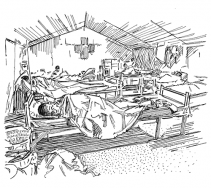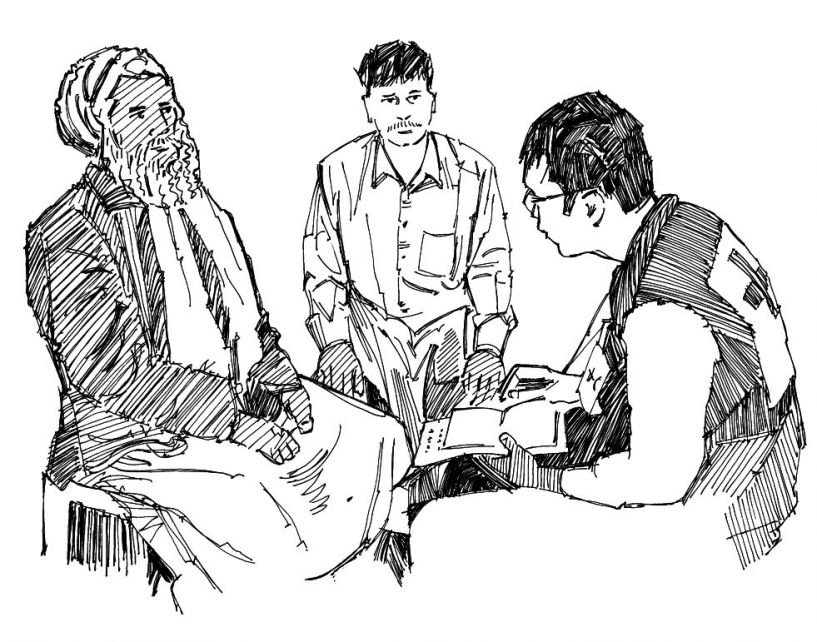20. Isolating sick people
20. Isolating sick people
Last update: 2025-06-03
Overview
- Some diseases are so dangerous or infectious that it is necessary to isolate people who are sick to prevent them from passing the infection to others. Isolation means separating those who are sick from those who are healthy.
- Isolating people is not imprisonment; it is not done forcibly and should be carried out with their consent. You need to explain to affected people and their families why isolation is necessary. People may also need to be isolated from their companion or livestock animal (and vice versa), if it brings the risk of transmission of disease. In extreme cases of progressive outbreaks, sick livestock animals may need to be culled (selectively slaughtered) to stop the spread of a disease to other animals and humans. Animal isolation, quarantine or culling should also not be done forcibly and should be carried out with their care-giver's consent.
- When a person is in isolation, the people who come into direct contact with them (for example, family members and healthcare providers) must be protected using the appropriate protective measures, like personal protective equipment (PPE). The number of people who are in direct contact with the sick person should be kept to a minimum. For example, only one family member should provide care, food, water, etc. to the sick person.
What to do and how to do it
Surveillance and detection
- Even if a disease requires isolation, you should continue monitoring, looking for cases of the disease (see Action Tool Community-based surveillance).
- When cases are found, the need for isolation should be explained to those who are ill and their families.
- Explaining isolation protects others, including members of the sick person’s family. It may be easier for both the sick person and his or her family to understand why isolation is being proposed if they receive a complete explanation.
- Provide support to the affected person, family members and healthcare providers to facilitate isolation.
- This is not done forcibly, and the wishes of the family and sick person should be respected as much as possible.
- Those who care for a person in isolation should be shown how to assist him or her and how to protect themselves. They should be provided with proper protective equipment.
Management and care
- Provide psychosocial support to families (see Action Tool Psychosocial support). Isolation of a loved one can be very hard, for the family as well as the person in isolation.
- Make sure that people in isolation have adequate food, water, and health care, as well as help to cope with any loss of livelihood.
- Ask if those who need isolation have dependants (e.g. children, people with disabilities) that may need additional support. Inform your manager, who will liaise with the Red Cross Red Crescent protection team for dependants to get the appropriate support.
Social mobilization, messaging, and community engagement
- Talk to the family, community and elders/leaders to prevent stigma and social rejection.
- Try to stop isolation from causing stigma or social rejection of sick people and their families.
- Explain to the community why isolation is necessary.
- Seek the help of elders and community leaders to fight stigma.
Talk to the community and elders
to prevent stigma and social rejection.
to prevent stigma and social rejection.

